Richmond Squash Court: Shimla’s Forgotten Heritage Facing Extinction
4 min read
Shimla, Aug 29 Ritanjali Hastir
On a road less traveled in Shimla, hidden behind a red brick wall, stands an architectural marvel that few know about — the Richmond Squash Court. Built in 1921, this heritage site is a silent witness to a bygone era, holding within its walls the echoes of a game once loved and cherished. Yet today, it stands largely unrecognized, its history slowly fading into oblivion.
Shimla boasts nearly six squash courts, including those at Bishop Cotton School (BCS); Yarrows – the National Academy of Audit and Accounts (Chaura Maidan); Knockdrin (Chaura Maidan), Advance Studies (once converted into a photogallery and now something else, but definitely not a squash Court) and Raj Bhawan. However, many of these courts are not open to the general public. The Richmond Squash Court stands out as the only facility that welcomes everyone with open arms, truly embracing the spirit of the game and making it accessible to all.
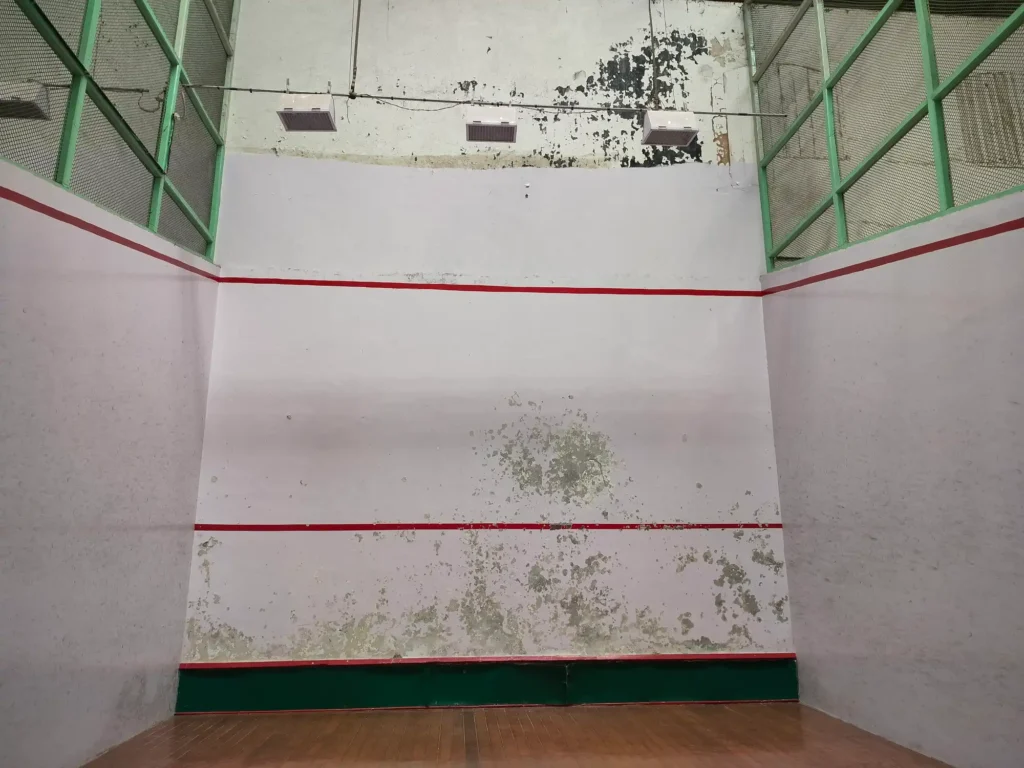
The Court, with its Burma Teak flooring — each plank an inch thick — was once a symbol of pride and passion. But beyond its intricate design, little is known about the place until in 1983 Umesh Akre, then a player and later President of the Shimla Squash Racket Association, rediscovered and revitalized the Court. Captivated by its history and potential, he made it his mission to revive the love for squash in the community. Under his leadership, the Court became a hub for tournaments, attracting students from prestigious schools like Sanawar, APS Dagshai and Bishop Cottons, as well as military officers from the ARTRAC.
In 1988, the Association officially took possession of the Court, striving to keep the sport alive in a town where squash had been nearly forgotten. Today, the building houses the District Youth Services and Sports Officer’s Office, but its legacy remains intertwined with the Richmond Squash Court, the only Court in Shimla that remains open to the public.
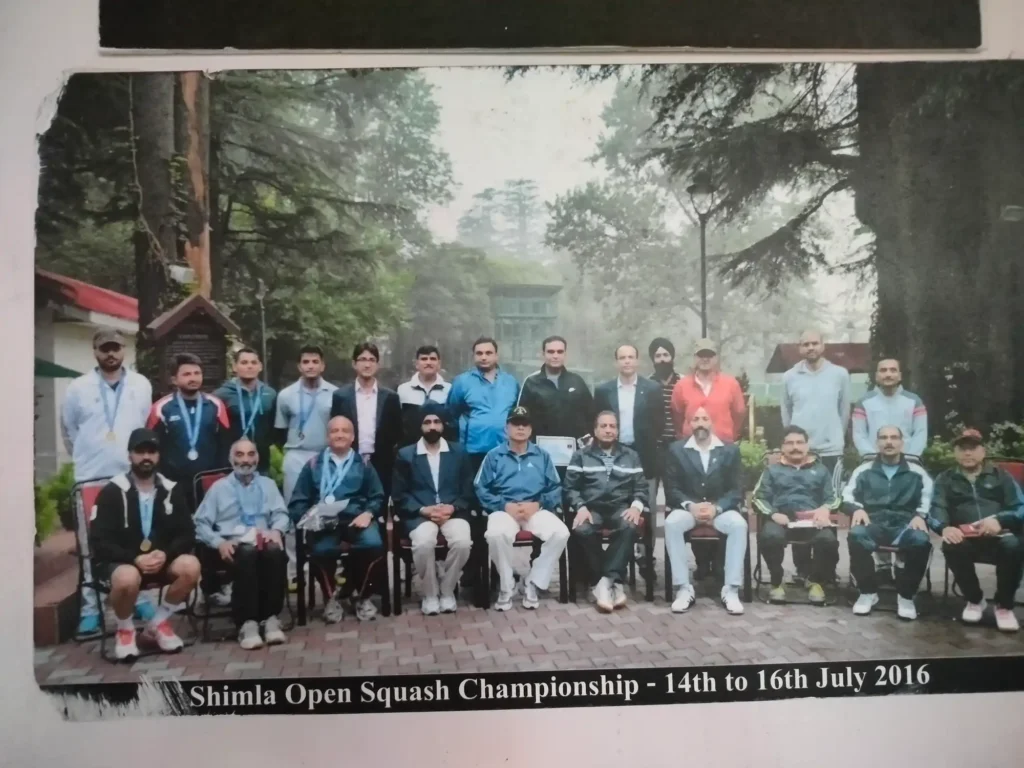
Despite its historical significance, the Richmond Squash Court has not been given its due as a heritage site. The government’s plans to convert the warm-up Court into a gym, as shared by District Sports Officer Rakesh Dhaulta, have raised concerns. Umesh Akre, who has dedicated decades to maintaining the Court, fears that improper use and lack of maintenance could irreparably damage the historic teak flooring. While Dhaulta cites a lack of funds to hire a coach, Umesh has offered his services to continue the tradition of training new players himself along with the help of Cottons coach.
Whereas giving his take, Rohan Chand Thakur (IAS), a passionate player, emphasized the importance of recognizing and preserving the sport and its Court. “It will take another 4 to 5 years for people to truly appreciate the value of this game and this Court. Having played around the world, I can confidently say that this is one of the finest Courts, deserving preservation. Unfortunately, under the aegis of the Youth and Sports Department, the Court endured dark times, even being used as a godown. In 2003, it was finally rescued by Ashok Thakur (IAS), then Principal Secretary of Sports Department and during my tenure as DC in 2016, I provided a grant to repair the leaking roof, which still remains an issue. As a sportsman, I strongly believe that this Court must be preserved — not only for its heritage value but also for the future of the game. The sport is accessible and affordable, and being an indoor facility, it is available 365 days a year, regardless of weather conditions. Our focus should be on safeguarding this treasure for both its historical significance and the benefit of the sport.”
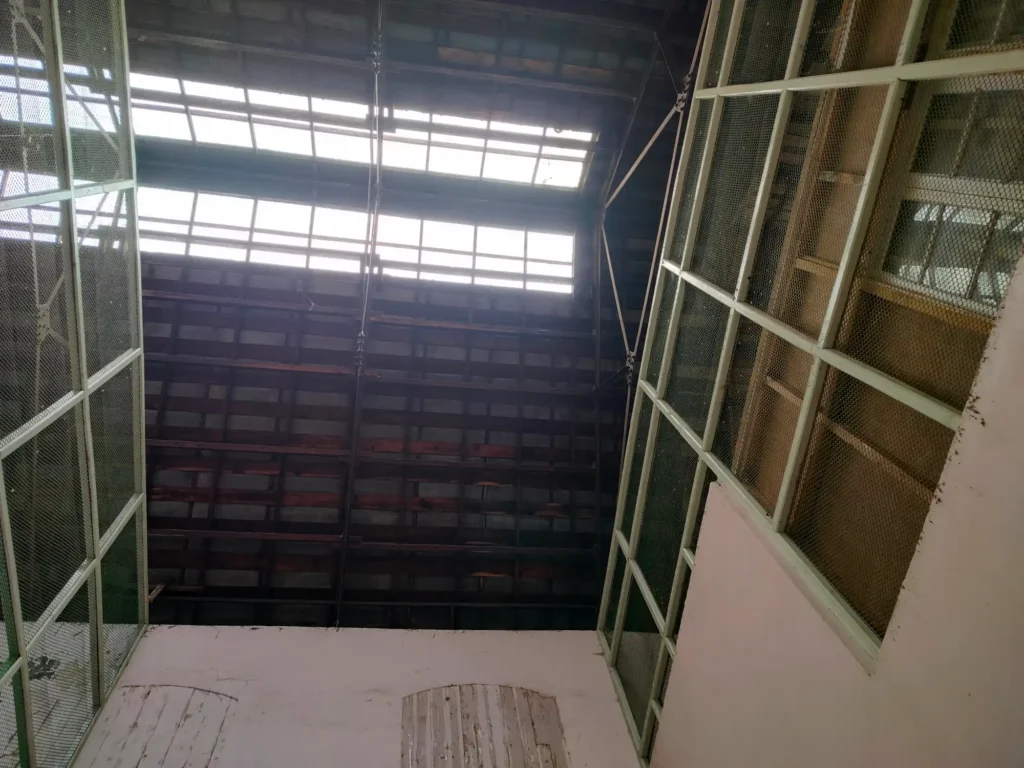
The Richmond Squash Court’s story is one of neglect — a testament to the consequences of failing to appreciate and preserve heritage. In the 1990s, the building hosted three government offices, including Weights and Measures, but over the years, it has been left to deteriorate. The Association’s balcony, built at their own expense, was demolished by the PWD department. Wooden planks that replaced the concrete floor are now poorly maintained, and the warm-up Court has been reduced to a storage room.
This tug-of-war between the Government and the Association over property rights has overshadowed the true essence of what Richmond Squash Court represents. It is not just a Court; it is a piece of history, a place where memories of IAS and HAS officers, students and sports enthusiasts alike were forged. Yet, it stands ignored, its significance trodden upon by short-sighted decisions and a lack of understanding of heritage preservation.
What transpired between 1921 and the 1960s within these walls is a mystery, lost to time. And as the years pass, one can only wonder if this once vibrant Court will soon perish without anyone to tell its tale. In the shadow of Indira Gandhi Sports Complex, which offers little to the sport, the Richmond Squash Court’s future looks bleak. Its story, like many other forgotten treasures, is a poignant reminder that heritage, when neglected, is lost forever.
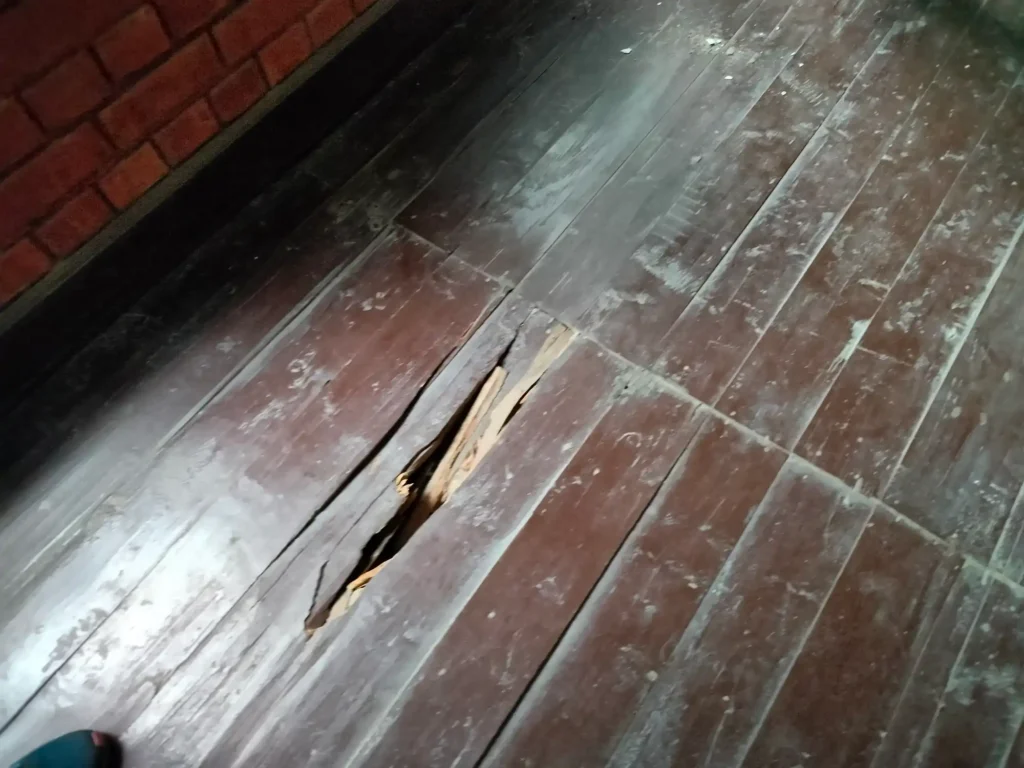
Despite its looming threat of extinction, the Richmond Squash Court, Shimla’s last bastion of open access to squash, remains committed to keeping the game alive. The association is still welcoming new members, offering access to this historic Court for a mere annual fee of Rs 2,000. This effort is a lifeline for preserving the sport and the Court’s legacy amidst growing neglect.




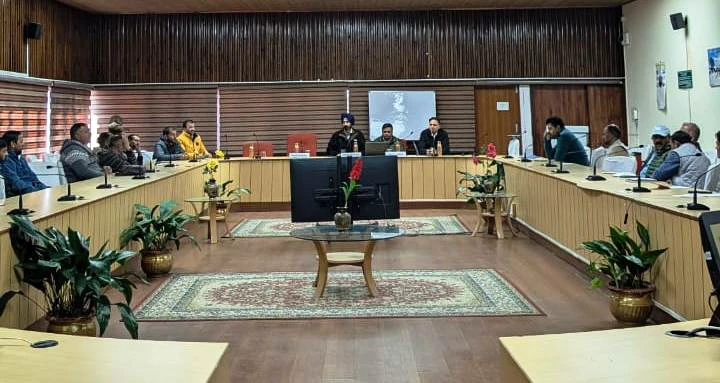


What is the Sports District Deptt upto ? Finish off the Squash sport like Tennis was done away with. Surely the Adminstration can take up the Richmond Squash Court and revive the indoor support than let the Heritage Squash Court finish